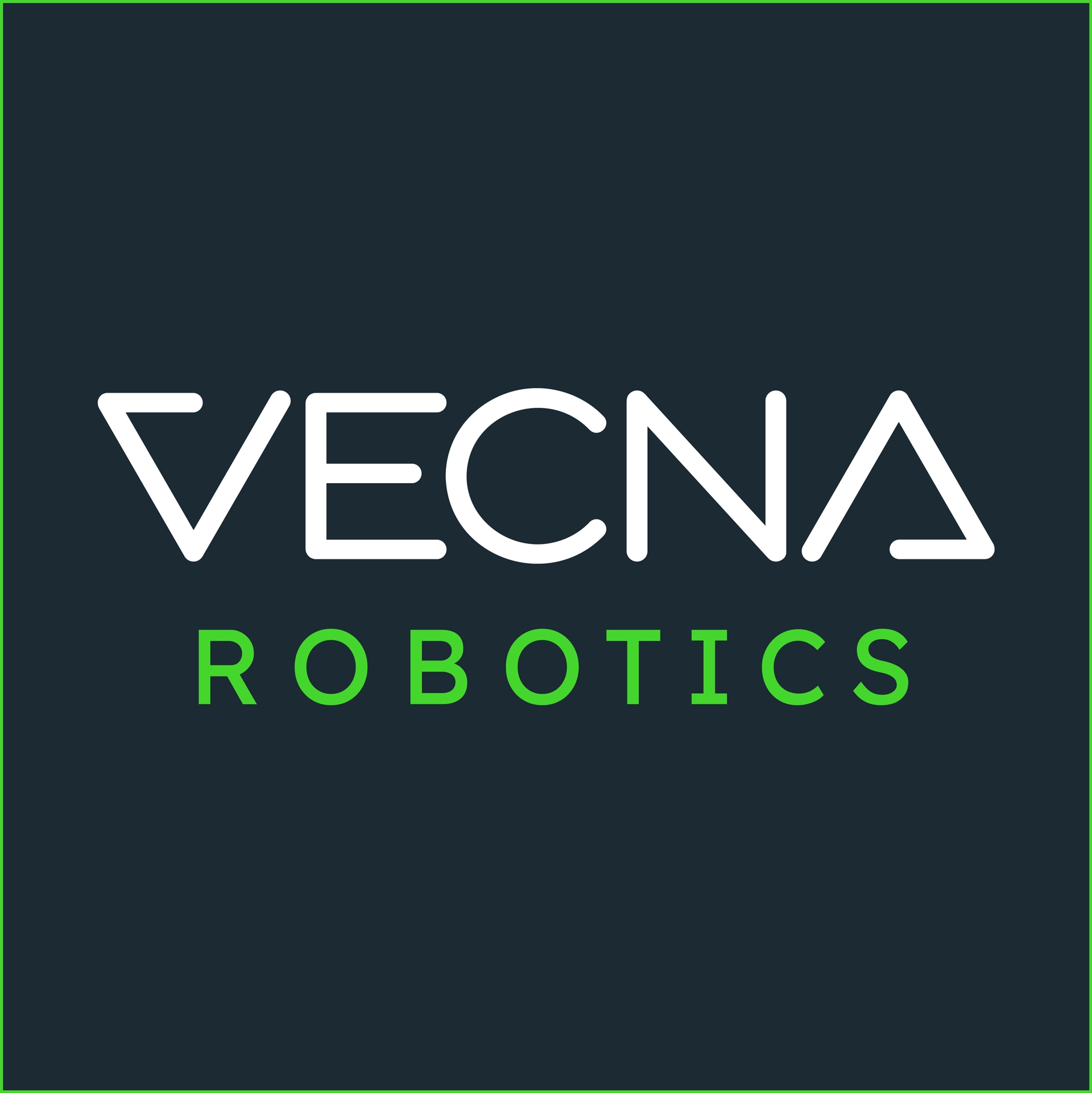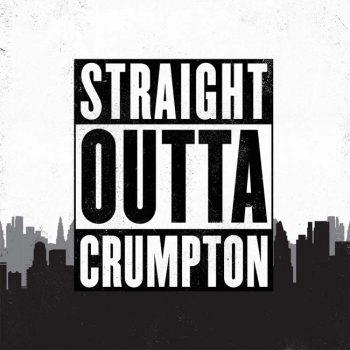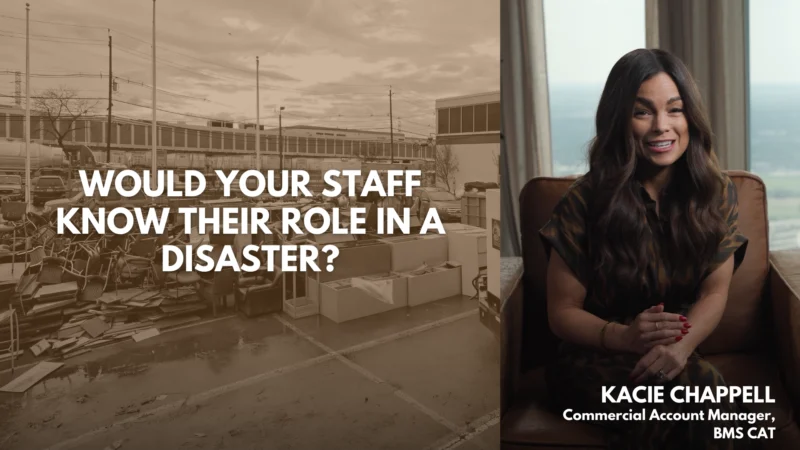Robot Safety Is a Survival Skill—Not a Perk. Vecna Robotics Aligns People, Process, and Tech for Scalable and Safer Automation
Warehouse automation is rising sharply, with Gartner predicting that more than 75% of companies will have integrated cyber-physical systems into their operations by 2027. While this growth is driven by increasing demand for flexible, scalable fulfillment solutions, it brings new operational and robot safety challenges that traditional warehouse cultures and systems aren’t always prepared for.
How can organizations ensure safety isn’t sacrificed as automation scales, and why is robot safety so essential to long-term success?
The third episode of Robot vs. Wild takes a close look at one of the most critical success factors in automation: robot safety. The episode features Josh Kivenko, Chief Marketing Officer at Vecna Robotics, in conversation with Michael Bearman, Chief Administrative and Safety Officer at the company. Drawing from real-world deployments and years of field experience, they explore how safety culture, process alignment, and smart systems design intersect to create a successful, sustainable automation program.
The main topics of conversation…
-
Why early-stage automation pilots can increase safety risks — and how scaled deployment often reduces them through familiarity and structure.
-
How AMRs differ from AGVs in safety profile, and why that matters when building a long-term program.
-
The critical role of safety training and culture, especially in environments with high turnover, seasonal fluctuations, or multiple operating sites.
Michael Bearman is a seasoned executive and legal expert in the robotics industry, currently serving as Chief Administrative and Safety Officer at Vecna Robotics. He has played a pivotal role in raising over $100 million in venture funding, leading legal strategy, and advancing industry safety standards through leadership roles in organizations like ANSI/RIA and ISO. Bearman’s extensive experience spans legal compliance, robotic interoperability, and scaling operations, making him a key voice in safe and scalable automation.




